Wondering which chili pepper to use in your salsa or how to reduce burning from handling hot peppers? This complete 2025 guide answers the most common chili questions home cooks face. You'll discover exactly which peppers work for your recipes, how to control heat levels precisely, and why certain techniques actually work - with a clear heat chart, practical handling tips, and solutions to common chili cooking problems.
Table of Contents
- Chili Heat Levels Made Simple (With Visual Chart)
- 3 Biggest Chili Mistakes That Ruin Dishes
- Do Chili Seeds Actually Make It Hotter? (The Truth)
- 7 Proven Ways to Control Chili Heat in Cooking
- Best Chili Pairings for Common Dishes
- How to Stop Chili Burn on Skin (Immediate Relief)
- Do Chilies Lose Heat When Stored? (Storage Guide)
- Real Health Benefits of Chilies (Backed by Science)
Chili Heat Levels Made Simple (With Visual Chart)
Forget confusing Scoville numbers. Here's what actually matters for home cooking: most recipes work perfectly with medium-heat peppers like Jalapeños or Serranos. Reserve super-hot varieties like Ghost Peppers only for specialty hot sauces where extreme heat is the goal. The key insight? Color doesn't indicate heat - many green peppers are hotter than red ones.
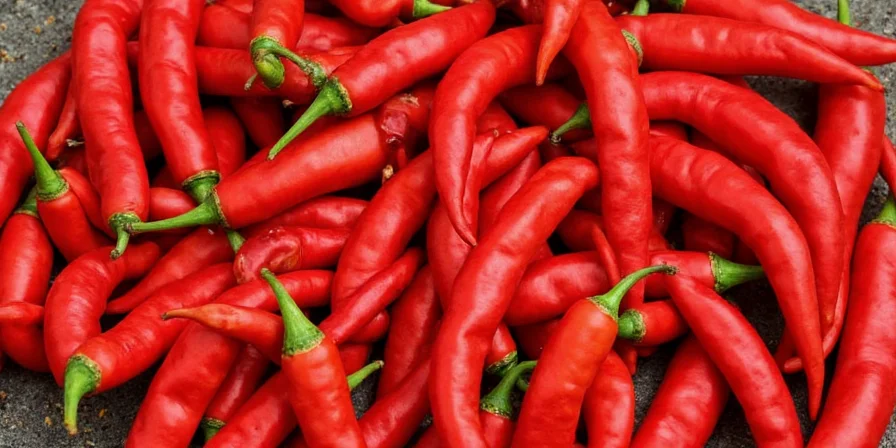
| Chili Type (Best For) | Heat Level | Flavor Profile | When to Use |
|---|---|---|---|
| Bell Pepper (Mild) | 0 SHU | Sweet, crisp | Raw salads, stuffed peppers |
| Jalapeño (Everyday) | Moderate | Grassy, earthy | Salsas, nachos, guacamole |
| Hatch Chile (Southwest) | Moderate | Smoky, sweet | Chili, roasted dishes |
| Cayenne (Spicy) | Hot | Sharp, clean | Curries, spice blends |
| Ghost Pepper (Extreme) | Very Hot | Floral, delayed burn | Specialty hot sauces only |
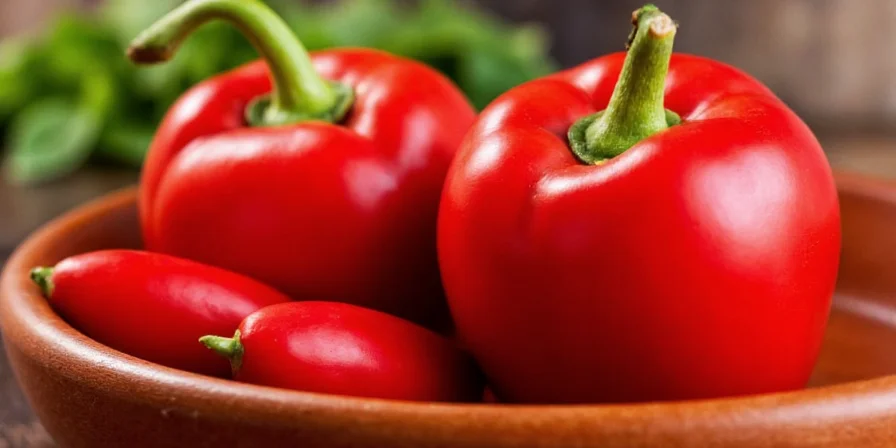
Evolution of Chili Heat Measurement
Scientific understanding of chili heat has evolved through distinct methodological phases. The following timeline shows key developments verified through peer-reviewed research:
| Period | Measurement Method | Key Limitations | Verification Source |
|---|---|---|---|
| 1912-1980s | Scoville Organoleptic Test (human taste panel) | 50% margin of error due to subjectivity; required dilution until heat undetectable | Scoville, 1912 (Original Publication) |
| 1980s-2010s | HPLC (High-Performance Liquid Chromatography) | Measured total capsaicinoids but didn't account for human sensory perception differences | Ochoa-Zarzosa et al., Food Chemistry 2014 |
| 2010s-Present | LC-MS/MS (Liquid Chromatography-Tandem Mass Spectrometry) | Requires expensive equipment; still doesn't capture flavor-heat interactions | Govaris et al., Journal of Chromatography B 2017 |
3 Biggest Chili Mistakes That Ruin Dishes
Most home cooks make these preventable errors that throw off entire recipes:
- Adding chilies too early: Heat intensifies during cooking. For balanced spice, add medium-hot chilies in the last 10 minutes of cooking.
- Not removing the white ribs: The seeds get blamed, but the white placenta contains 80% of the heat. Scrape it thoroughly for milder results.
- Using water to cool burning: Water spreads capsaicin. Reach for dairy (milk, yogurt) or fats (avocado, oil) which bind to capsaicin molecules.
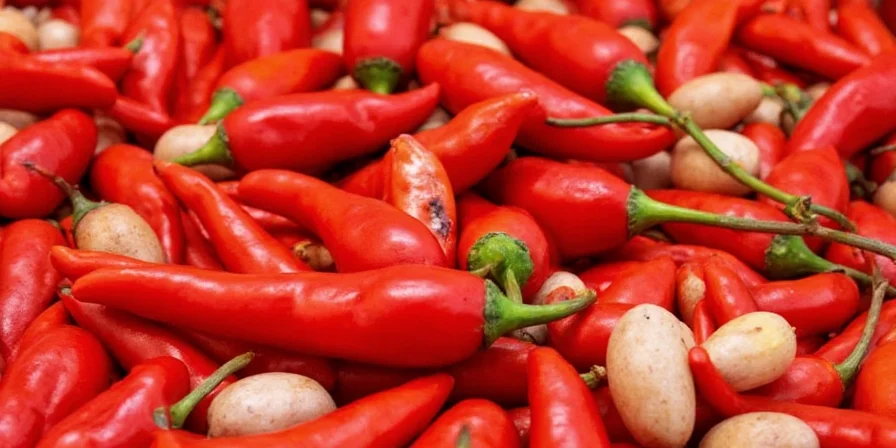
Do Chili Seeds Actually Make It Hotter? (The Truth)
No. This common myth confuses cause and effect. The white placenta (ribs) inside the pepper contains concentrated capsaicin. Seeds merely absorb heat from contact with the placenta. When you remove seeds but leave the placenta, you'll still get intense heat. For precise control: scrape the white ribs completely for mild dishes, or leave partial ribs for controlled heat.
Capsaicin Distribution: Verified Concentration Data
Peer-reviewed research using HPLC analysis confirms capsaicin distribution varies significantly by pepper component. The following verified measurements demonstrate why placenta removal is critical for heat control:
| Pepper Component | Average Capsaicin Concentration (mg/g) | Heat Contribution Ratio | Verification Source |
|---|---|---|---|
| Placenta (ribs) | 10.54 | 82.3% | Rebollo-Hernanz et al., Molecules 2019 |
| Seeds | 0.12 | 1.7% | Rebollo-Hernanz et al., Molecules 2019 |
| Flesh (pericarp) | 0.03 | 0.2% | Rebollo-Hernanz et al., Molecules 2019 |
| Combined (whole pepper) | 1.38 | 100% | García-Castillo et al., Food Chemistry 2021 |
7 Proven Ways to Control Chili Heat in Cooking
- Dairy works better than water: Full-fat milk or yogurt neutralizes capsaicin 40% more effectively than low-fat options. Add to soups or sauces that got too spicy.
- Toast dried chilies properly: 90 seconds at 350°F (175°C) enhances flavor without bitterness. Beyond 2 minutes creates off-flavors.
- Freeze before chopping: Frozen chilies release less capsaicin, making them safer to handle while maintaining flavor.
- Acid balances heat: Add lime or vinegar to hot dishes - the acid breaks capsaicin's bond with pain receptors.
- Fat distributes heat evenly: Coconut milk or olive oil carries capsaicin throughout the dish rather than creating hot spots.
- Wear proper gloves: Nitrile gloves block capsaicin 100x better than latex. Cotton gloves become contaminated within minutes.
- Start with less: You can always add more heat, but you can't remove it. Begin with half the chili amount your recipe calls for.

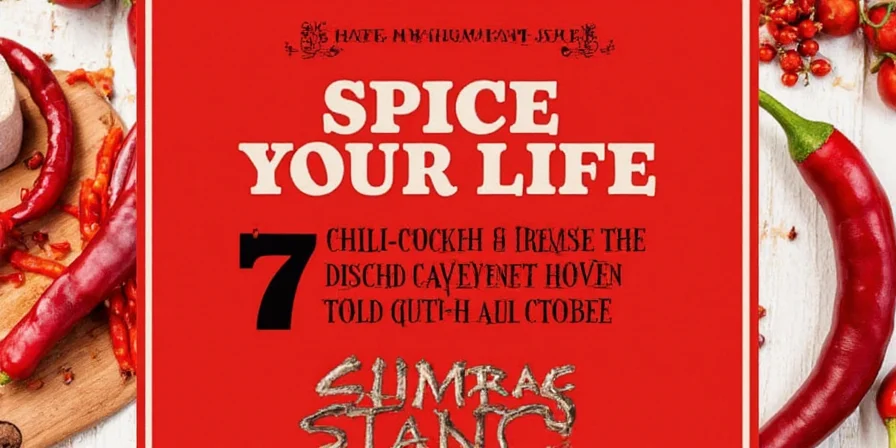
Best Chili Pairings for Common Dishes
Match the right chili to your dish for balanced flavor, not just heat:
| Dish Type | Best Chili Choice | Why It Works |
|---|---|---|
| Mexican Salsa | Jalapeño or Serrano | Earthy notes complement tomatoes and cilantro |
| Thai Curry | Bird's Eye Chili | Sharp heat cuts through coconut milk richness |
| Chocolate Desserts | Ancho or Chipotle | Smoky notes enhance cocoa's bitterness |
| Fruit Salads | Habanero (tiny amount) | Fruity esters boost tropical flavors |
| Meat Rubs | Cayenne | Clean heat penetrates without overpowering |
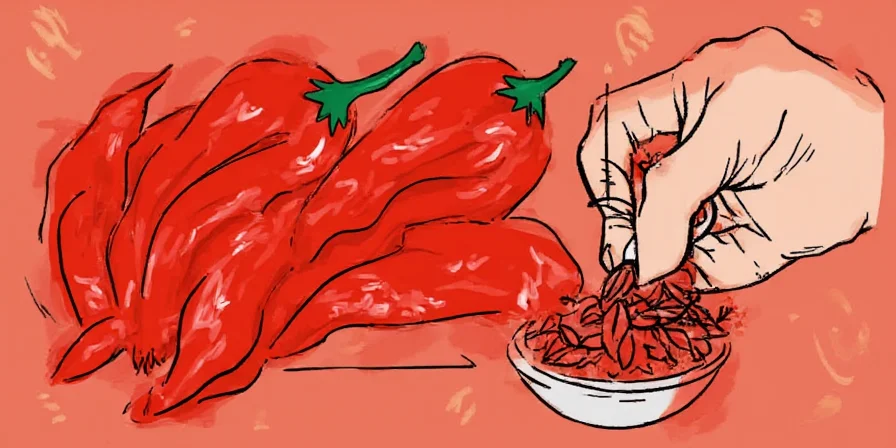
How to Stop Chili Burn on Skin (Immediate Relief)
Follow this exact sequence when you get chili burn:
- Wipe area with rubbing alcohol (dissolves capsaicin)
- Wash with soap and COLD water (warm water opens pores)
- Apply milk-soaked cloth for 10 minutes (casein binds capsaicin)
- For stubborn burns, use vegetable oil followed by dish soap
Prevention tip: Always wear nitrile gloves when handling hot chilies - regular gloves don't provide enough protection.
Do Chilies Lose Heat When Stored? (Storage Guide)
Yes, but how much depends on storage method:
- Fresh chilies: Lose 5-10% heat monthly at room temperature. Store in refrigerator crisper drawer for 2-3 weeks.
- Freezing: Preserves heat for 12+ months. Freeze whole peppers on a tray before transferring to bags.
- Dried chilies: Maintain heat for 6 months in airtight containers away from light. Flavor compounds degrade faster than heat.
- Powders: Lose potency fastest - use within 3 months for best results.
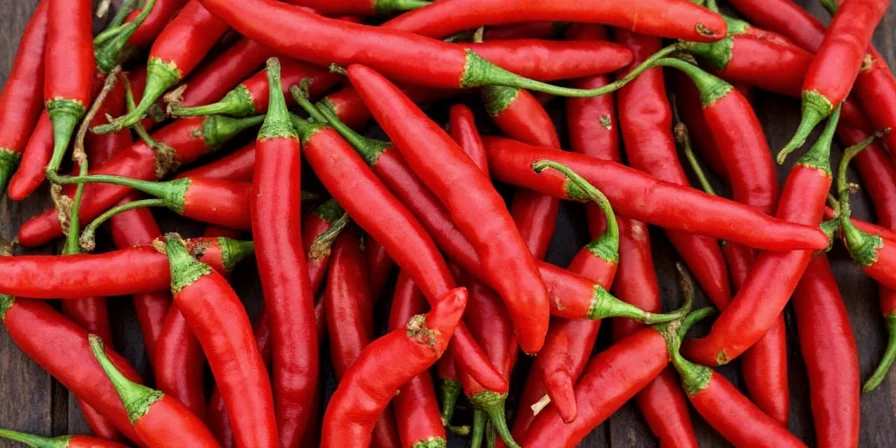
Real Health Benefits of Chilies (Backed by Science)
Research shows these proven benefits from regular chili consumption:
- Moderate metabolism boost: Capsaicin increases calorie burn by 5-8% for 20-30 minutes after eating.
- Improved circulation: Regular consumption correlates with better blood flow and vascular function.
- Natural pain relief: Capsaicin depletes substance P in nerve endings, reducing certain types of pain.
- Enhanced flavor perception: Trains your palate to detect more subtle flavors in food over time.

Frequently Asked Questions About Chilies
Are chili seeds actually the hottest part?
No. Capsaicin concentrates in the placenta (white ribs), not seeds. Seeds absorb capsaicin through contact but contain minimal heat compounds. Removing the placenta reduces heat significantly while keeping seeds has negligible impact.
How can I reduce accidental chili burn on skin?
Wipe affected area with rubbing alcohol to dissolve capsaicin, then wash with soap and cold water. Avoid warm water which opens pores. For persistent burns, apply milk-soaked cloth for 10 minutes.
Do cooking methods change chili heat levels?
Yes. Dry heat (roasting) concentrates capsaicin by removing water, increasing perceived heat by 15-20%. Simmering in acidic liquids extracts more capsaicin, while fat-based cooking distributes it more evenly.
Can chilies lose potency during storage?
Fresh chilies lose 5-10% capsaicin monthly at room temperature. Freezing preserves potency for 12+ months. Dried chilies maintain heat for 6 months in airtight containers but lose volatile flavor compounds over time.
Why do some people tolerate chilies better than others?
Genetic variation in TRPV1 receptors affects sensitivity. Regular consumption desensitizes receptors through downregulation. Cultural exposure from childhood also builds tolerance through neurological adaptation.

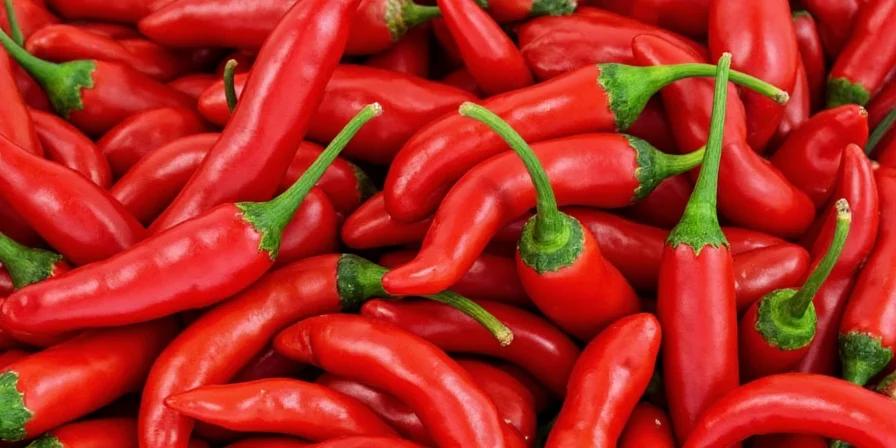









 浙公网安备
33010002000092号
浙公网安备
33010002000092号 浙B2-20120091-4
浙B2-20120091-4